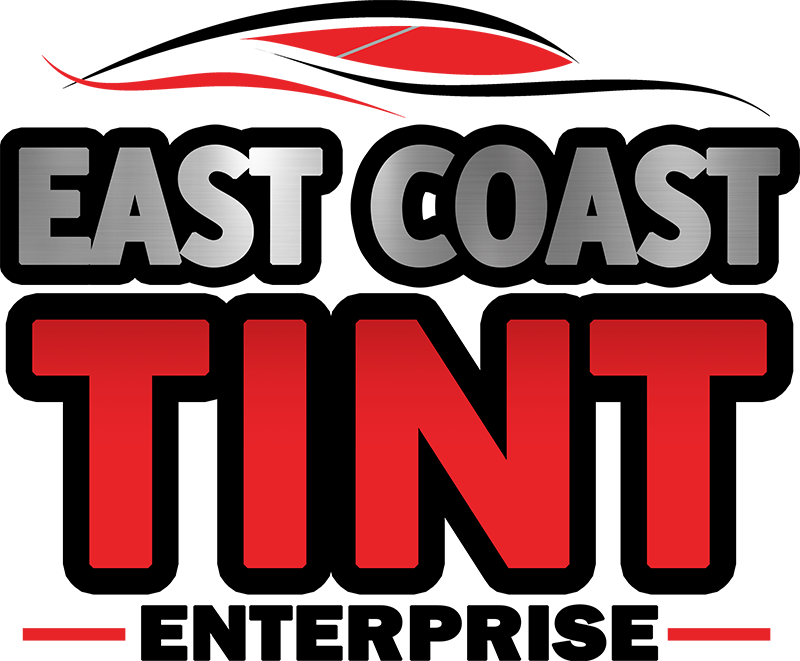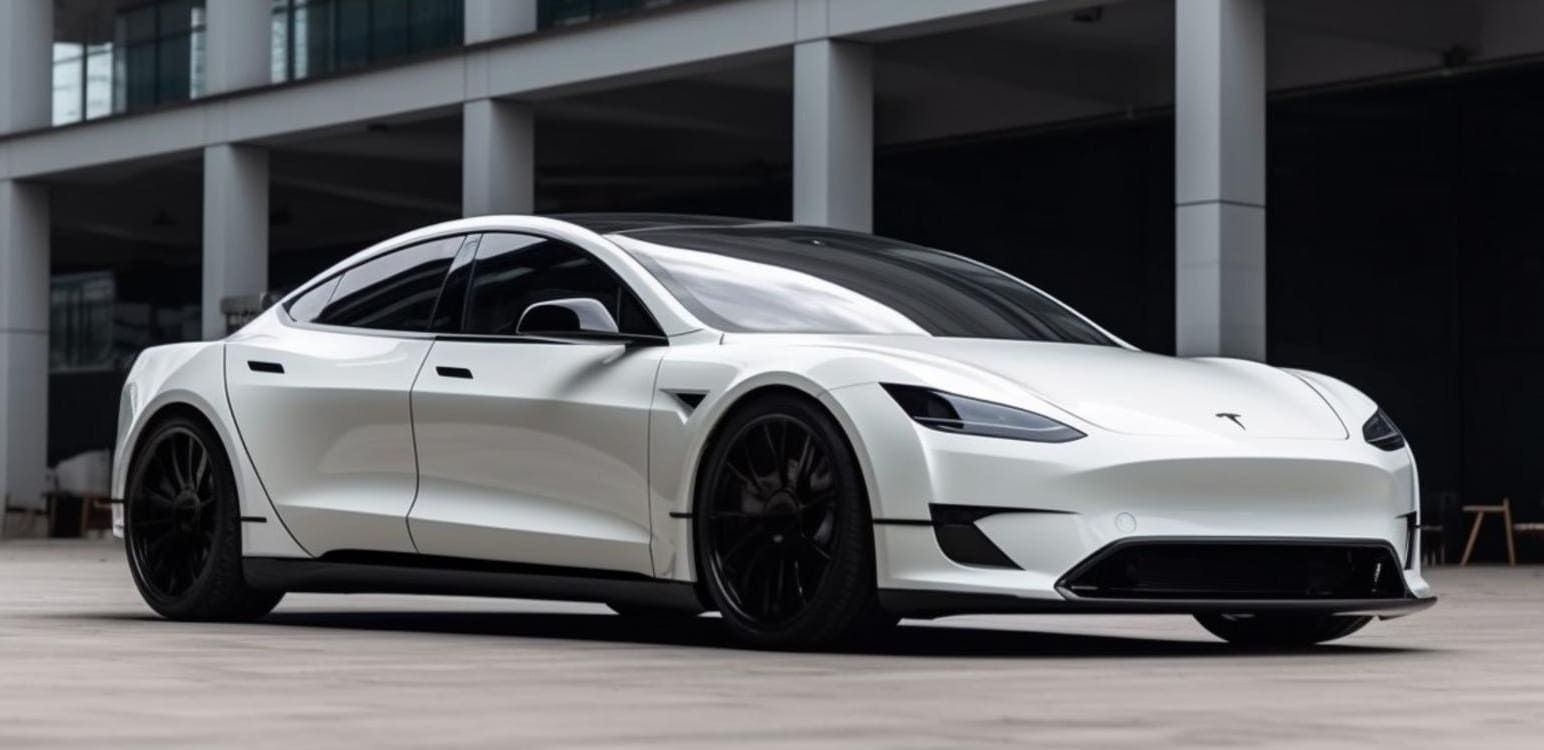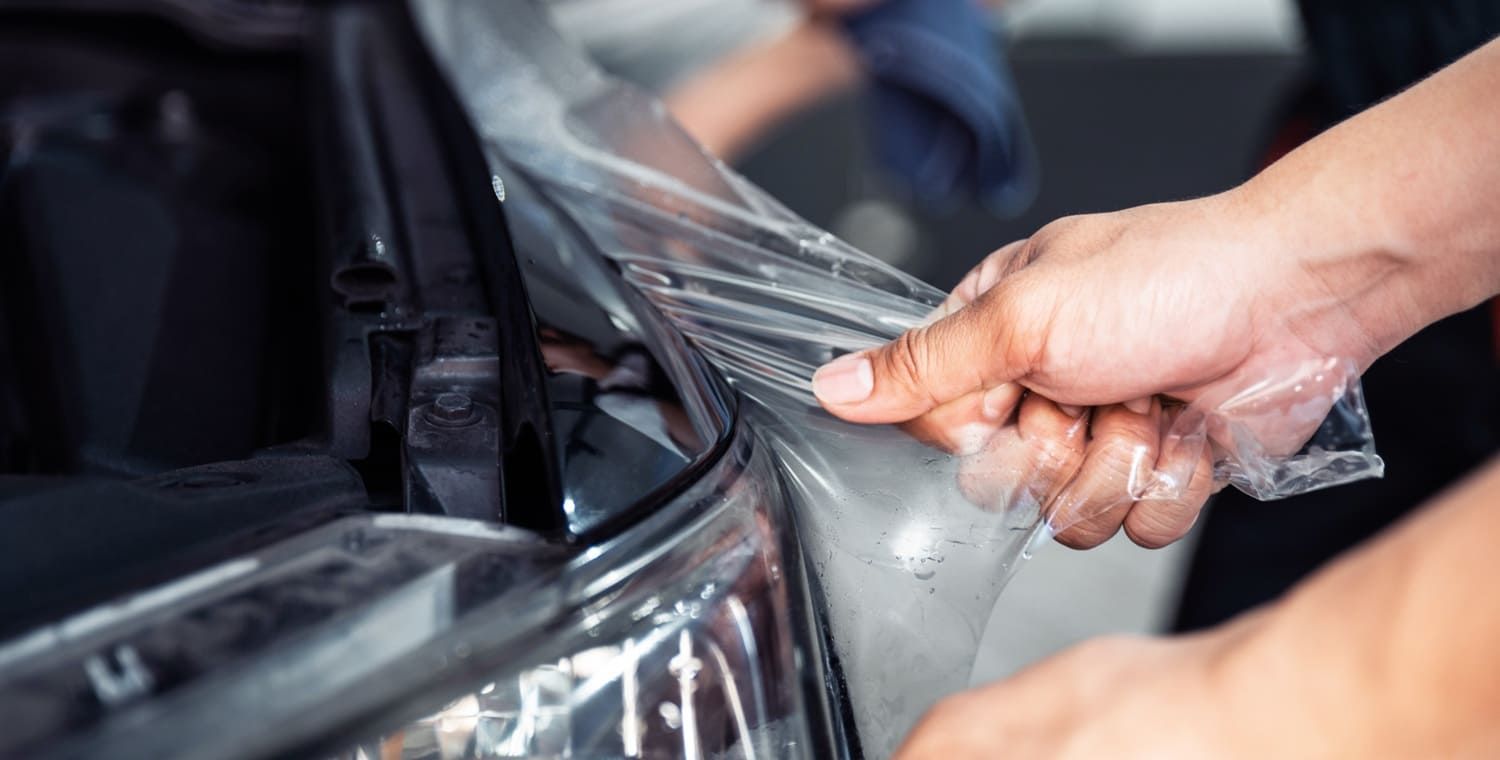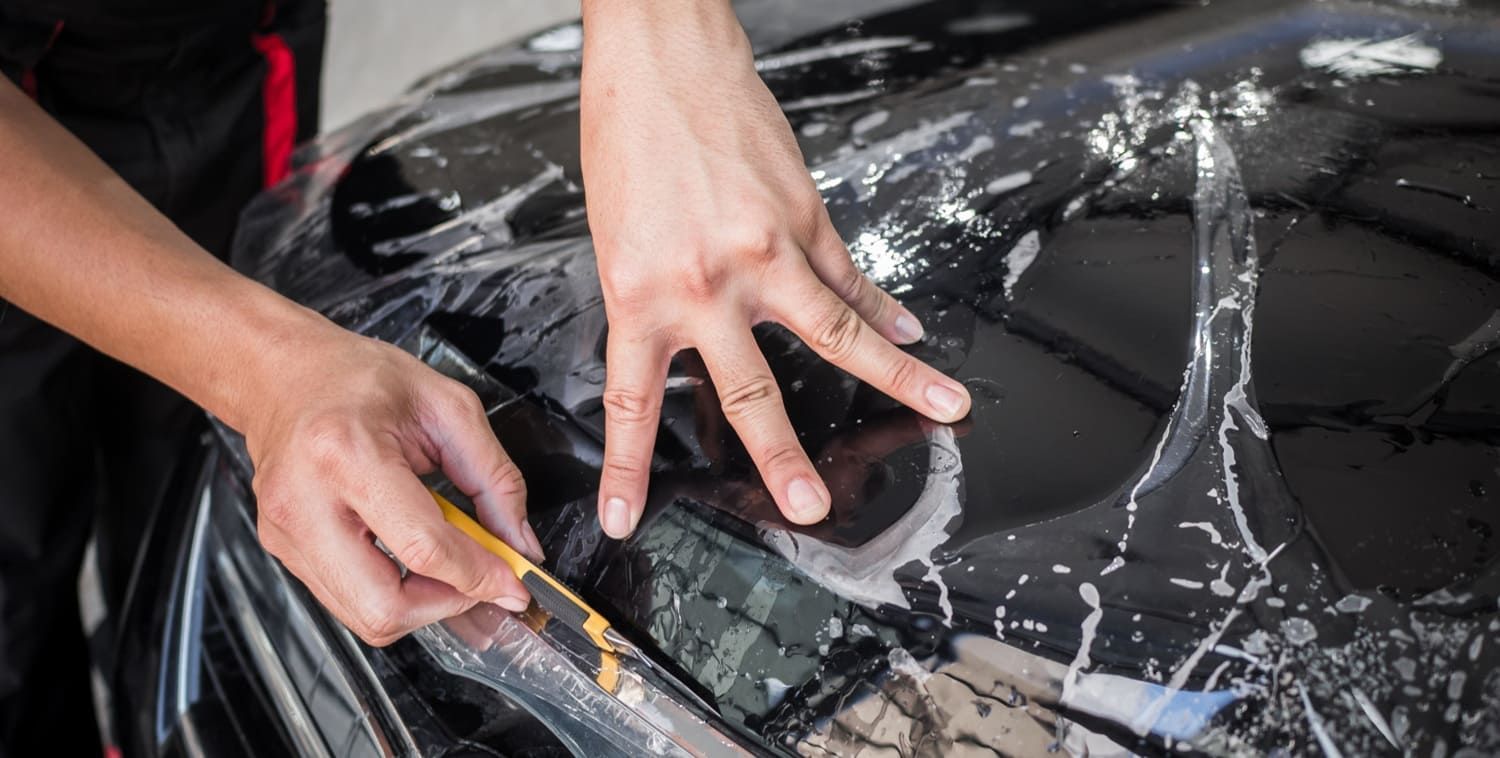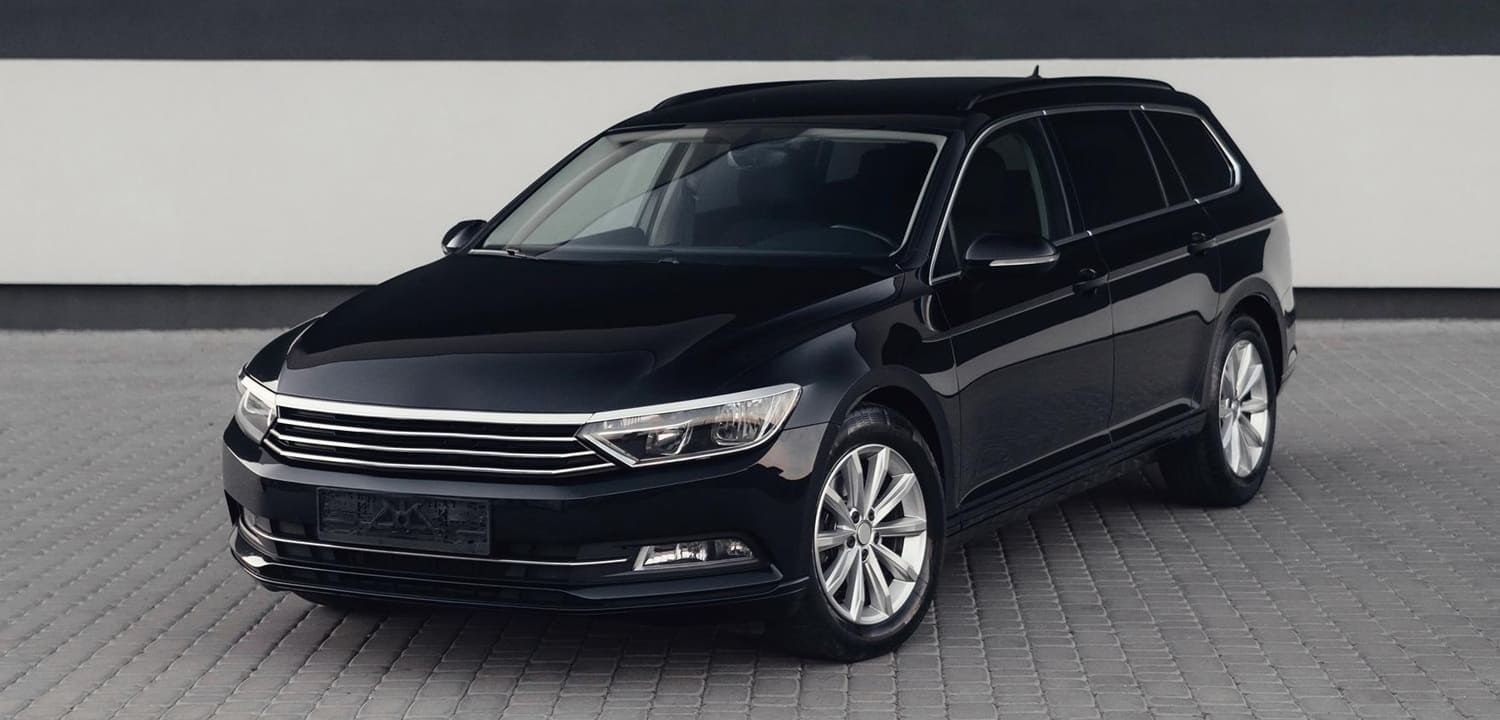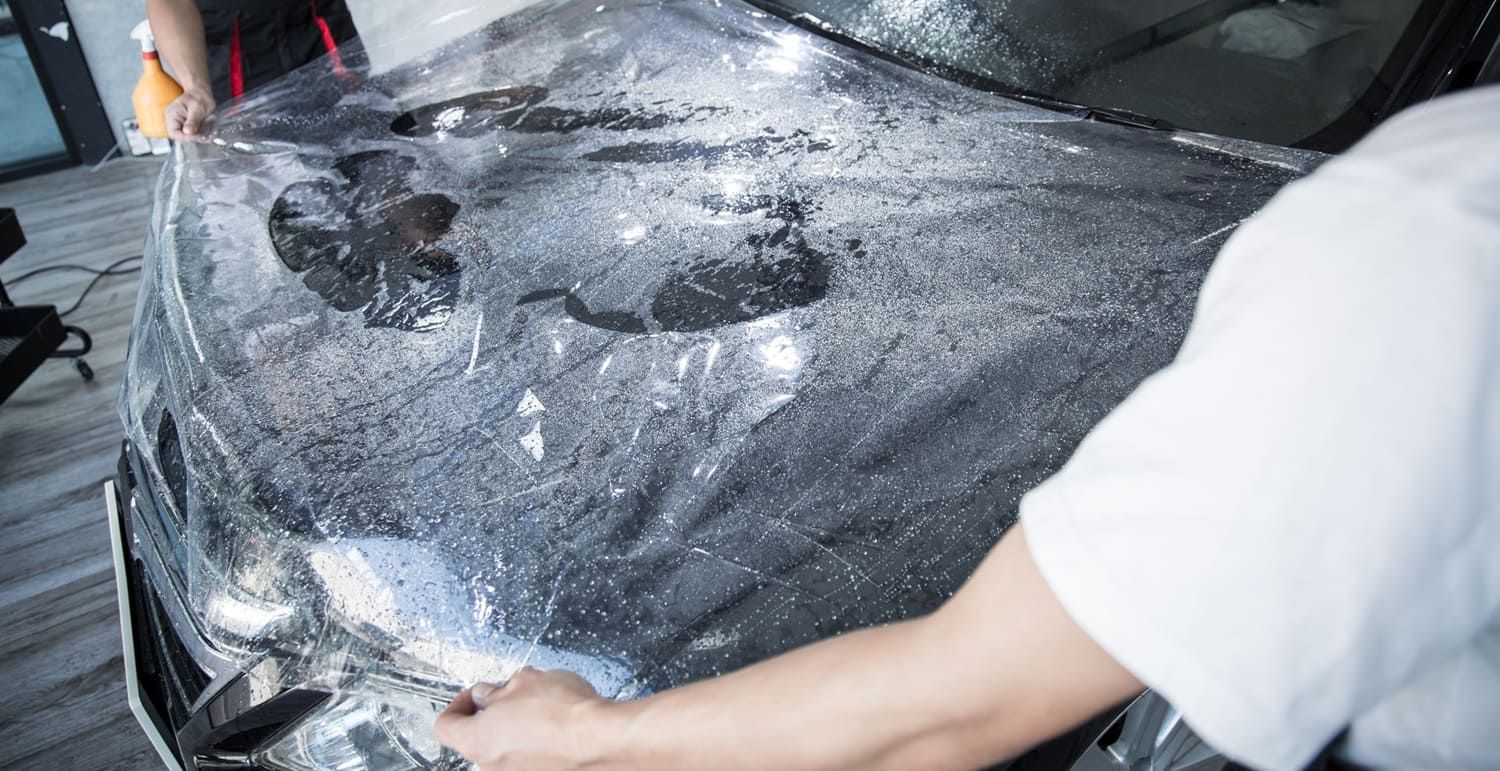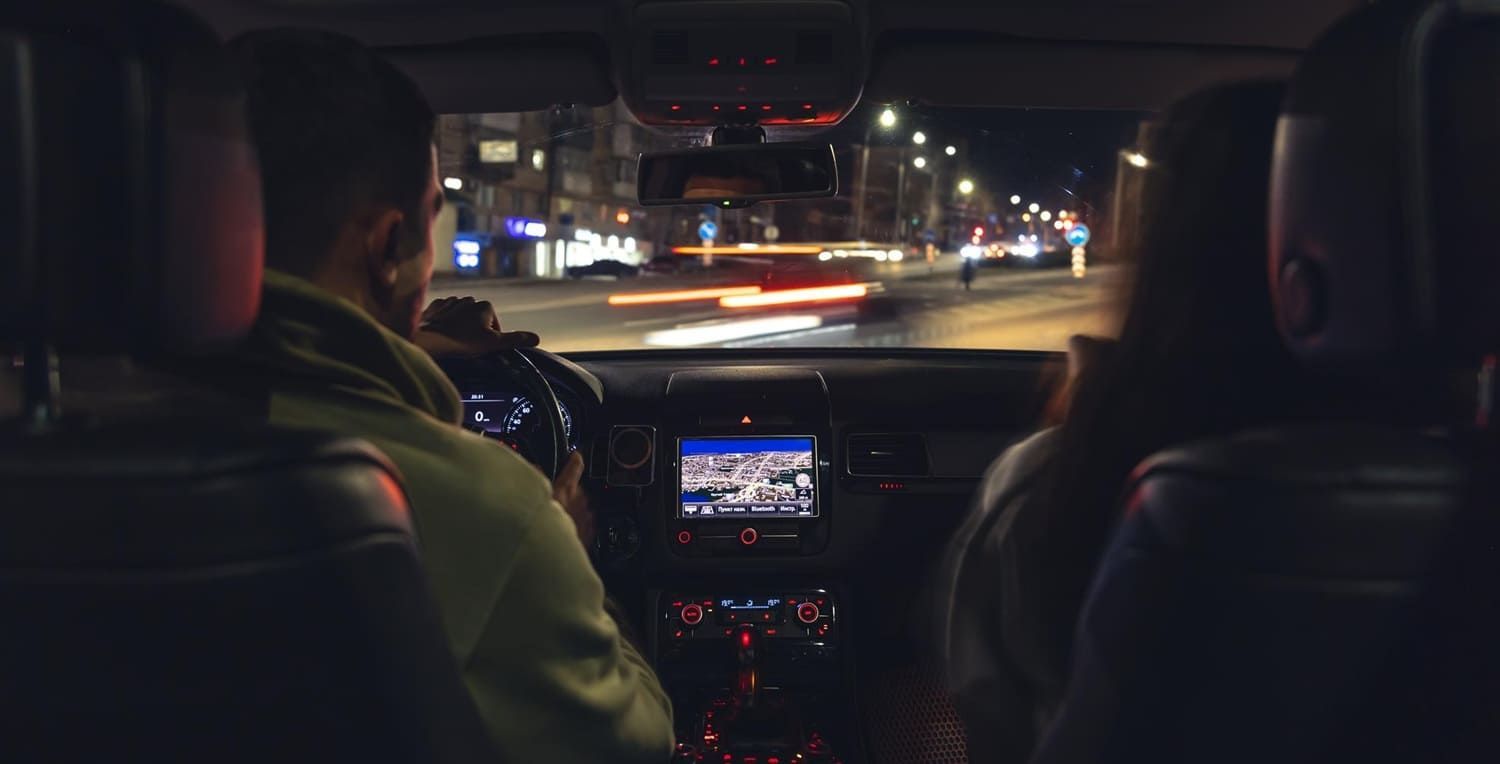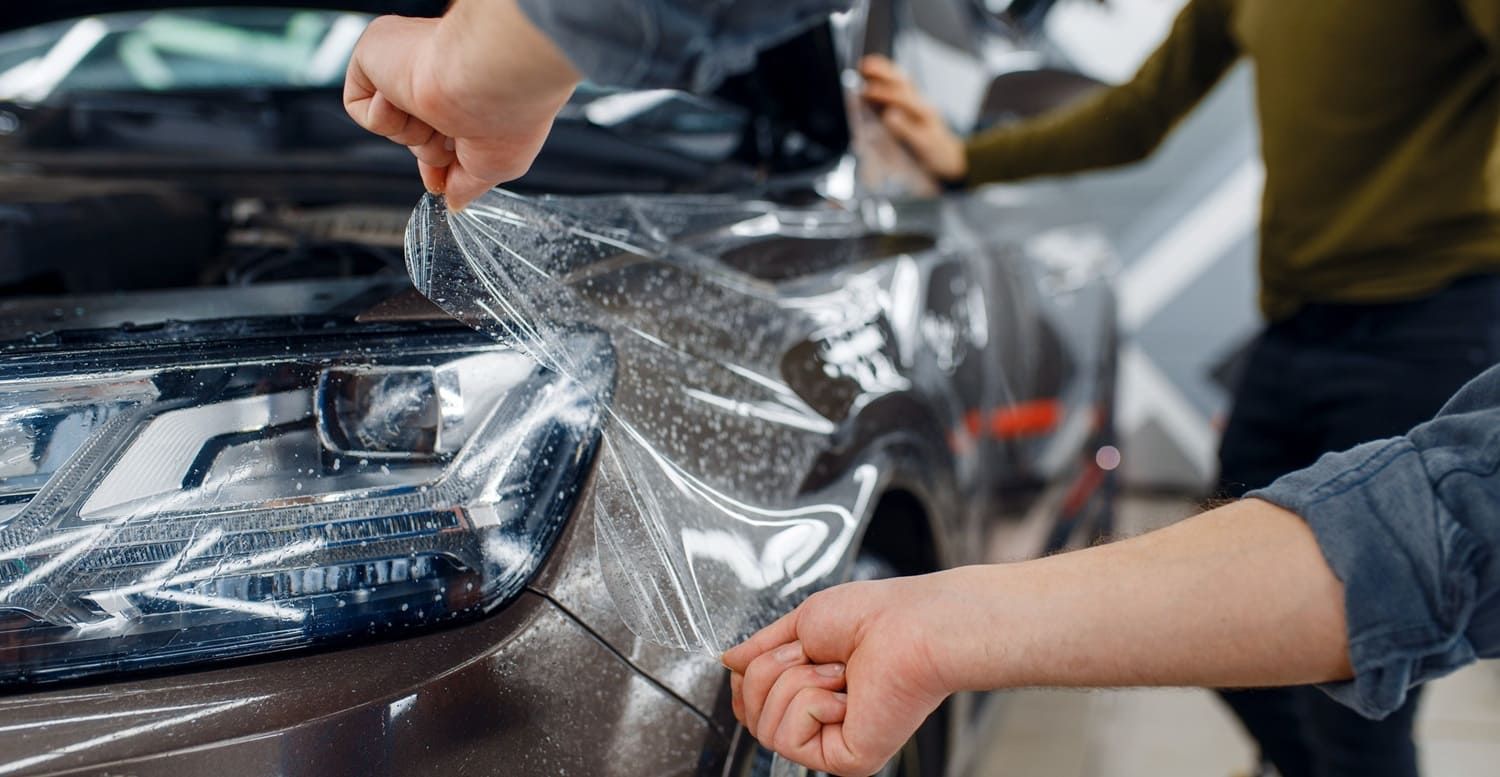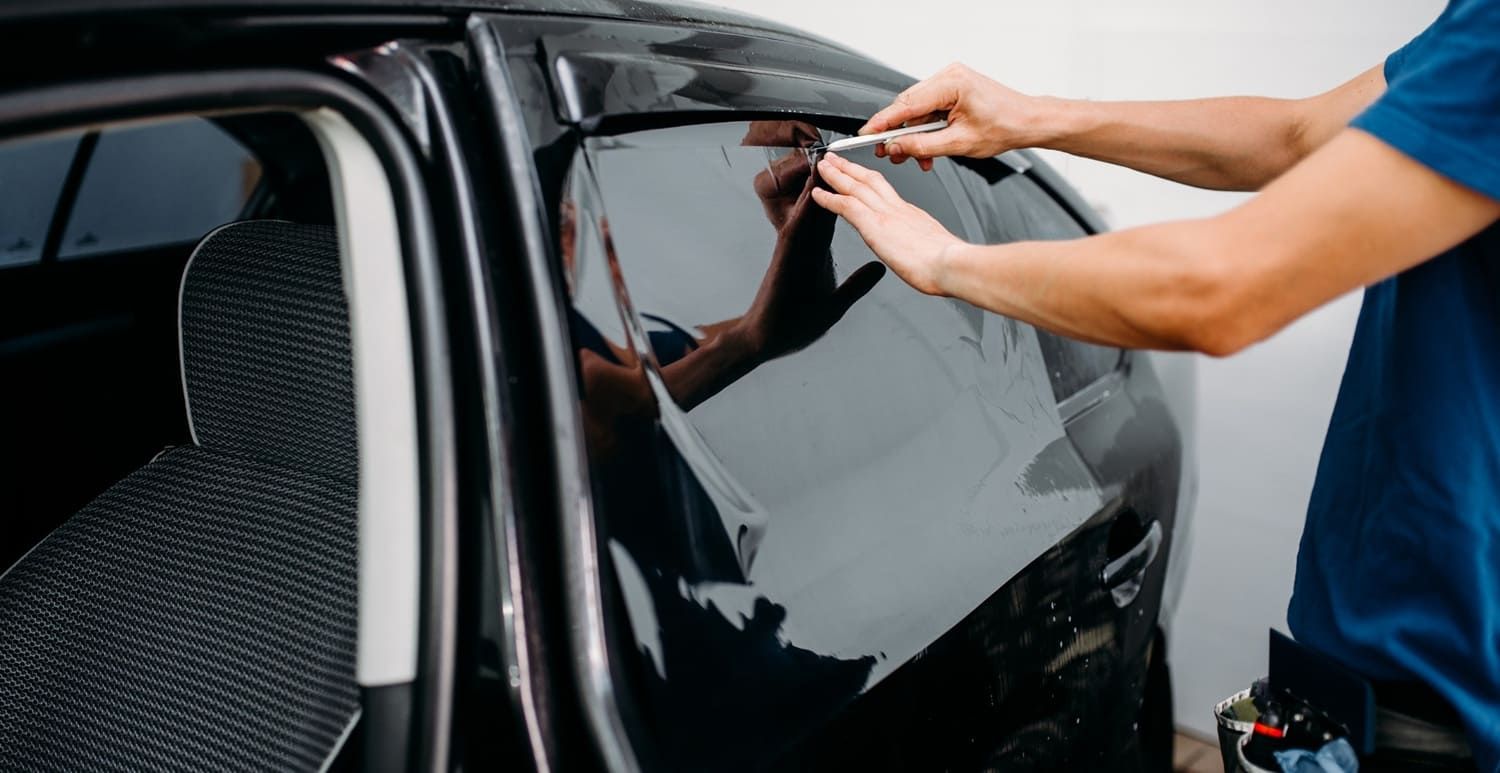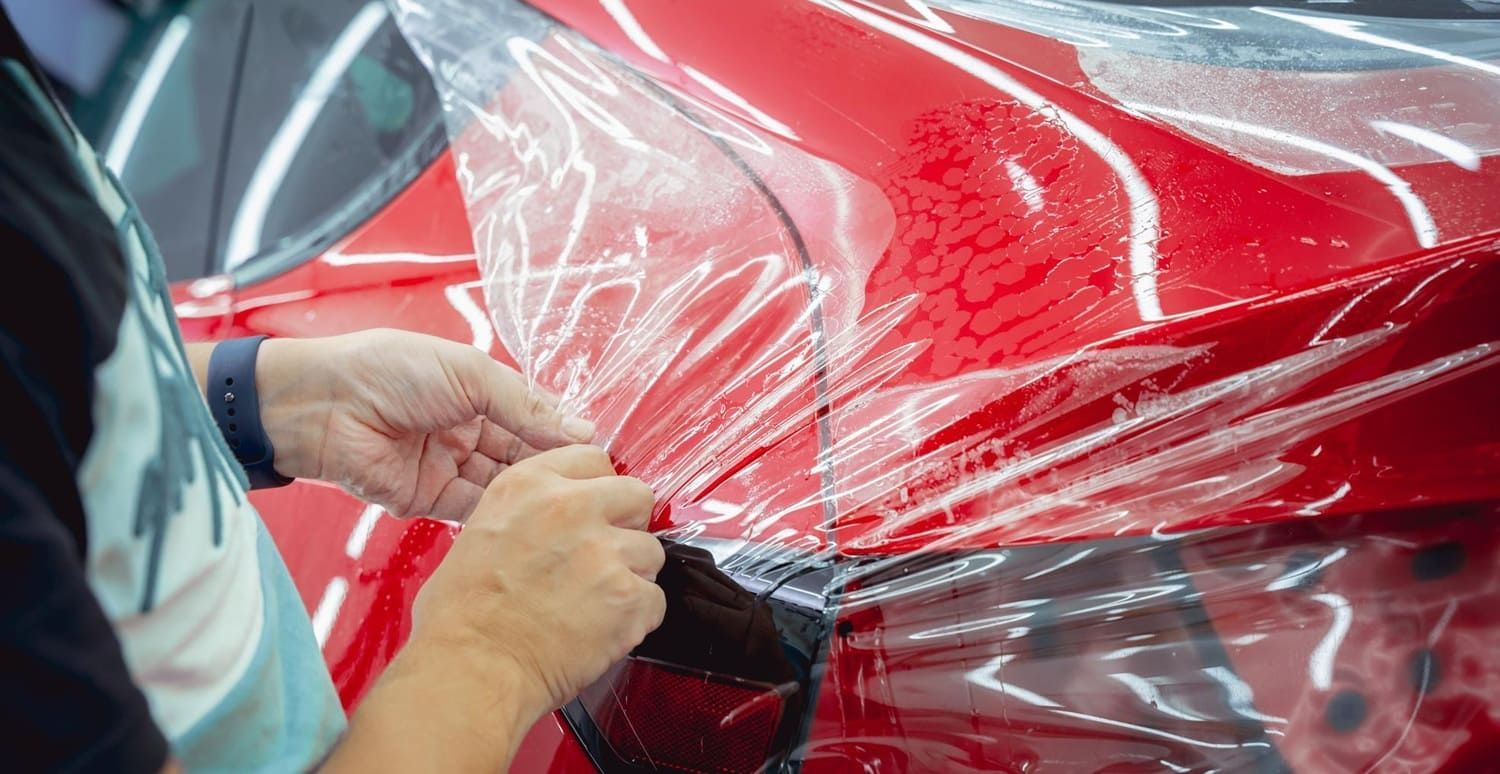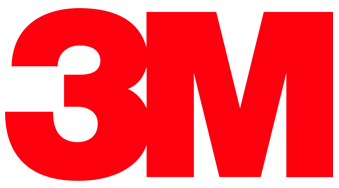Ceramic Tint vs. Factory Glass: What’s the Difference?
Factory glass is generally considered the default for most vehicle owners because it comes pre-installed and requires no additional investment. Yet, as technology evolves, drivers have access to enhanced features that can significantly improve their driving experience. One such advancement is ceramic tint, which provides benefits such as superior UV protection, heat rejection, and more.
Factory glass, also known as standard auto glass, is the type of glass that comes pre-installed in vehicles. This glass is typically clear and may offer basic UV protection, but it lacks the advanced features that newer tinting technologies provide. The simplicity of factory glass means that while it serves its fundamental purpose, it may not always meet the demands of modern drivers who seek additional comfort and protection.
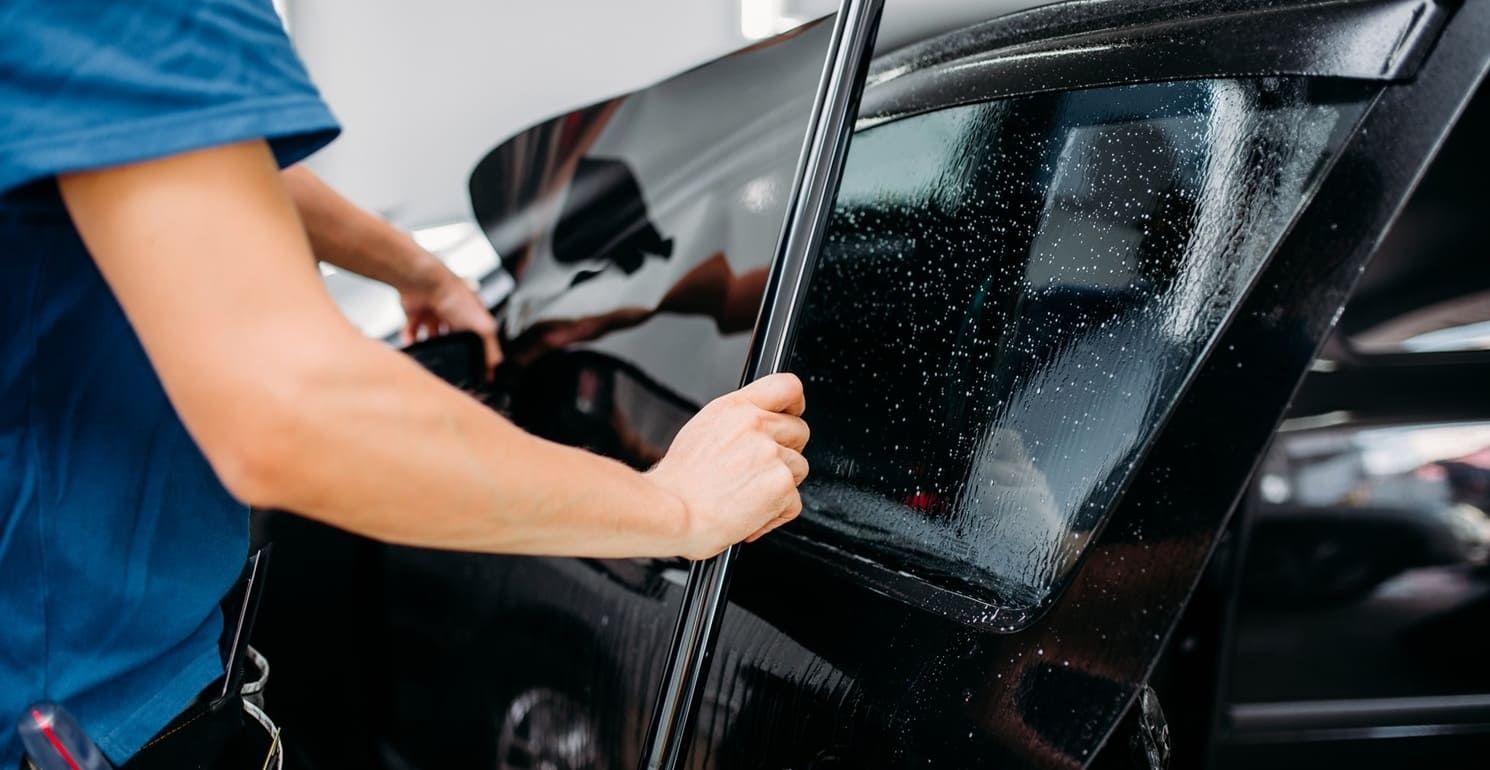
Features of Factory Glass
Factory glass is designed with basic features that address the minimum safety and comfort requirements.
- Basic UV Protection: Most factory glass offers some level of UV protection, but it's generally minimal. This limited protection is often insufficient to prevent long-term damage to the vehicle's interior or to shield passengers from harmful UV rays during prolonged exposure.
- Clarity: Factory glass is clear, allowing maximum visibility. This clarity is often seen as an advantage, providing unobstructed views and aiding in safe driving, particularly in low-light conditions.
- Standard Safety Features: While factory glass does contribute to vehicle safety, it doesn't offer the enhanced features found in aftermarket tints. The standard safety features are adequate for general use but lack the added security and strength that advanced tints can offer.
What is Ceramic Tint?
Ceramic tint is a type of window film that is applied to the interior of a car's windows. Unlike traditional tinting films that use dyes or metals, ceramic tint is made using advanced ceramic particles that are both non-metallic and non-conductive. This innovative composition allows ceramic tint to deliver superior performance without some of the downsides associated with older tint technologies.
Benefits of Ceramic Tint
Ceramic tint stands out in the market due to its multitude of benefits that cater to both practical and aesthetic needs.
- Superior UV Protection: Ceramic tint blocks up to 99% of UV rays, protecting both the vehicle's interior and its occupants from harmful sun exposure. This level of protection is crucial for maintaining the longevity of your car's interior materials, such as leather and upholstery, and for safeguarding the health of passengers.
- Heat Rejection: It significantly reduces heat within the vehicle, creating a more comfortable driving experience, particularly in hot climates. This reduction in heat not only enhances comfort but also decreases the reliance on air conditioning, which can improve fuel efficiency.
- Glare Reduction: By reducing glare from the sun and headlights, ceramic tint enhances driving safety. This is particularly beneficial during dawn and dusk or in night driving conditions when glare can be most distracting.
- No Signal Interference: Unlike metallic tints, ceramic tint does not interfere with cell phone, GPS, or radio signals. This ensures that all electronic devices function seamlessly, a critical factor in our increasingly connected world.
- Enhanced Durability: Ceramic tint is more durable and less prone to fading over time compared to other types of tints. This durability means that your investment in ceramic tint will last longer, providing consistent performance throughout the life of your vehicle.
Comparing Ceramic Tint and Factory Glass
UV Protection and Comfort
Factory glass provides limited UV protection, which might not be sufficient for prolonged exposure to sunlight. This limited protection can result in faster degradation of interior components and increased risk of skin damage for passengers. In contrast, ceramic tint offers superior UV protection, significantly reducing the risk of skin damage and fading of the car's interior materials. This enhanced protection is essential for those who spend a lot of time on the road or live in sunny climates.
Heat and Glare Reduction
While factory glass does not offer specialized heat rejection features, ceramic tint excels in this area. The ceramic particles in the tint reflect and absorb infrared light, which is the primary contributor to heat inside a vehicle. This not only keeps the car cooler but also reduces the strain on the vehicle's air conditioning system. Additionally, the reduction in glare makes for a more comfortable and safer driving experience, as it minimizes eye strain and improves visibility in bright conditions.
Aesthetic and Privacy
Ceramic tint enhances the aesthetic appeal of a vehicle by providing a sleek, uniform look. This modern appearance can increase the overall value of the car and make it stand out on the road. It also offers increased privacy by darkening the windows, which can deter potential thieves by obscuring the view of the vehicle's interior. Factory glass typically does not provide these benefits unless aftermarket films are applied, making ceramic tint a desirable option for those seeking both style and security.
Signal and Connectivity
A common issue with some window tints, especially those containing metallic particles, is interference with electronic signals. This can be particularly problematic in today’s world where connectivity is crucial. Ceramic tint, however, avoids this problem entirely, ensuring that all devices function without interruption. This means that GPS, mobile phones, and other electronic systems will operate as intended, providing peace of mind to drivers who rely on these technologies.
Window Tint Options: Exploring Other Types
While ceramic tint offers numerous benefits, it's important to understand all available options to make the best decision for your needs. Knowing the differences among various tint types can help you choose the one that best suits your lifestyle and budget.
Dyed Window Tint
Dyed window tint is the most basic type of tint. It provides a dark appearance and some heat and glare reduction, but it does not offer the advanced features of ceramic tint. Over time, dyed tints are prone to fading, which can diminish their effectiveness and aesthetic appeal. They are generally more affordable, making them an attractive option for budget-conscious consumers, but they may require more frequent replacements.
Metallic Window Tint
Metallic tints contain tiny metallic particles that reflect heat and reduce glare. However, they can interfere with electronic signals and often have a shiny, reflective appearance that some may find unappealing. Despite their effectiveness in heat rejection, the potential signal interference can be a significant drawback for those who rely on in-car technology and communication devices.
Hybrid Window Tint
Hybrid tints combine dyed and metallic elements, offering a balance between cost and performance. While they provide better heat rejection than dyed tints, they may still cause some signal interference. Hybrid tints are often seen as a compromise between the affordability of dyed tints and the performance of metallic tints, but they do not match the superior qualities of ceramic tint.
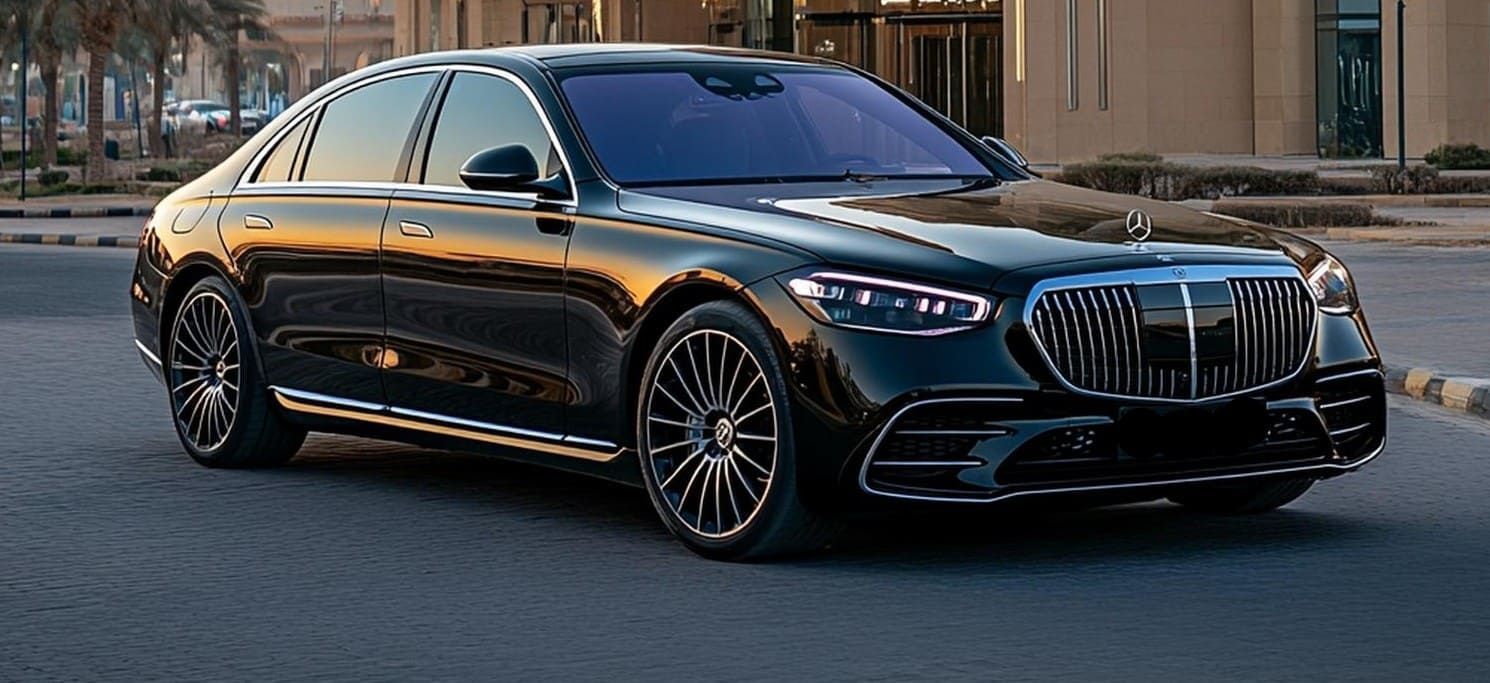
Why Choose Ceramic Tint?
When considering the investment in window tinting, ceramic tint stands out due to its superior performance and long-lasting benefits. For those who prioritize UV protection, comfort, and connectivity, ceramic tint is the optimal choice. It combines the best features of other tints without their drawbacks, making it a smart investment for any vehicle owner.
Long-Term Investment
Although ceramic tint may have a higher initial cost compared to other types of tints, its durability and performance make it a cost-effective solution over the long term. The protection it offers against UV damage and heat also helps preserve the vehicle's interior, potentially increasing its resale value. Over time, the cost savings from reduced energy consumption and fewer replacements can offset the initial investment, making ceramic tint a financially sound choice.
Environmental and Health Benefits
By blocking harmful UV rays and reducing the need for air conditioning, ceramic tint contributes to a healthier environment inside the car and can improve fuel efficiency. This makes it an eco-friendly choice for environmentally conscious drivers. Additionally, the reduction in UV exposure can lower the risk of skin cancer and other health issues related to sun exposure, making it a wise choice for those who prioritize health and safety.
Conclusion
Choosing between factory glass and ceramic tint ultimately depends on your priorities and driving conditions. While factory glass may be adequate for some, those seeking enhanced comfort, safety, and aesthetics will find that ceramic tint offers significant advantages. With East Coast Tint Enterprise in Roswell, GA, a trusted 3M Dealer and premier car window tinting installer near you, you can count on expert installation that maximizes the protection, durability, and performance ceramic tint provides.
By understanding the benefits of ceramic tint and comparing it to factory glass, you can make an informed decision that suits your lifestyle and enhances your driving experience. With professional guidance from East Coast Tint Enterprise, you’ll find the best option to meet your needs. Whether you prioritize style, comfort, or connectivity, ceramic tint provides a comprehensive solution that meets the demands of modern driving.
Contact East Coast Tint Enterprise in Roswell, GA today for your free estimate and discover why so many drivers trust us for professional 3M ceramic window tint installation.
FAQs About Ceramic Tint vs Factory Glass
Is factory glass the same as ceramic tint?
No. Factory glass is tinted during manufacturing, while ceramic film is applied afterward.
Does factory glass block UV rays?
Only a little. Ceramic tint blocks up to 99 percent of harmful UV.
Which blocks more heat, ceramic tint or factory glass?
Ceramic tint performs much better at rejecting infrared heat.
Can I add ceramic tint over factory glass?
Yes. It enhances heat rejection and UV protection.
Does factory tint protect car interiors from fading?
Not as well as ceramic tint, which offers stronger protection.
Is ceramic tint more durable than factory glass tint?
Yes. Ceramic tint won’t fade or peel, while factory tint has limited performance.
Will ceramic tint affect visibility compared to factory tint?
No. It keeps visibility clear while reducing glare.
Which option gives better long-term value?
Ceramic tint provides higher performance and protection over time.

